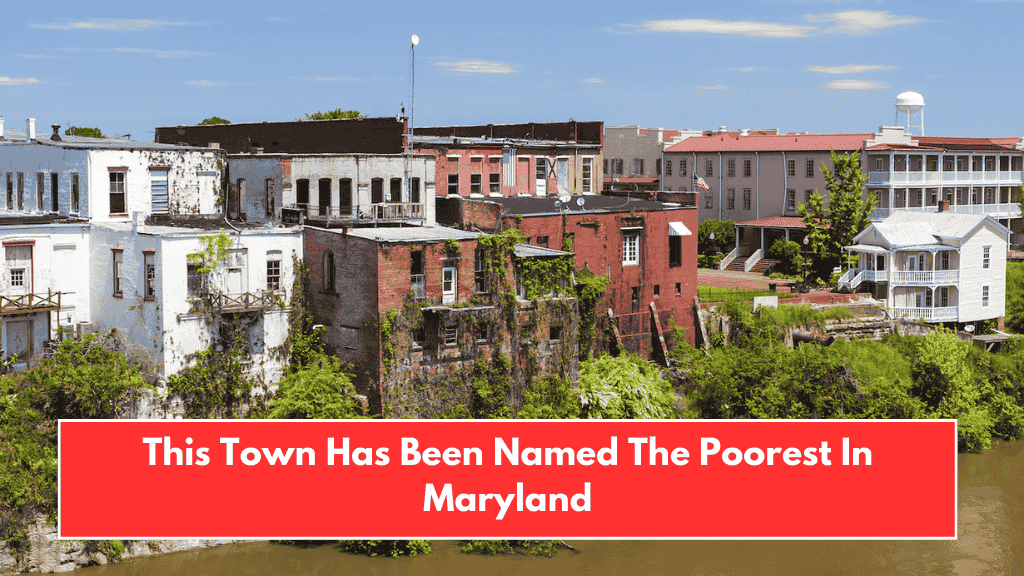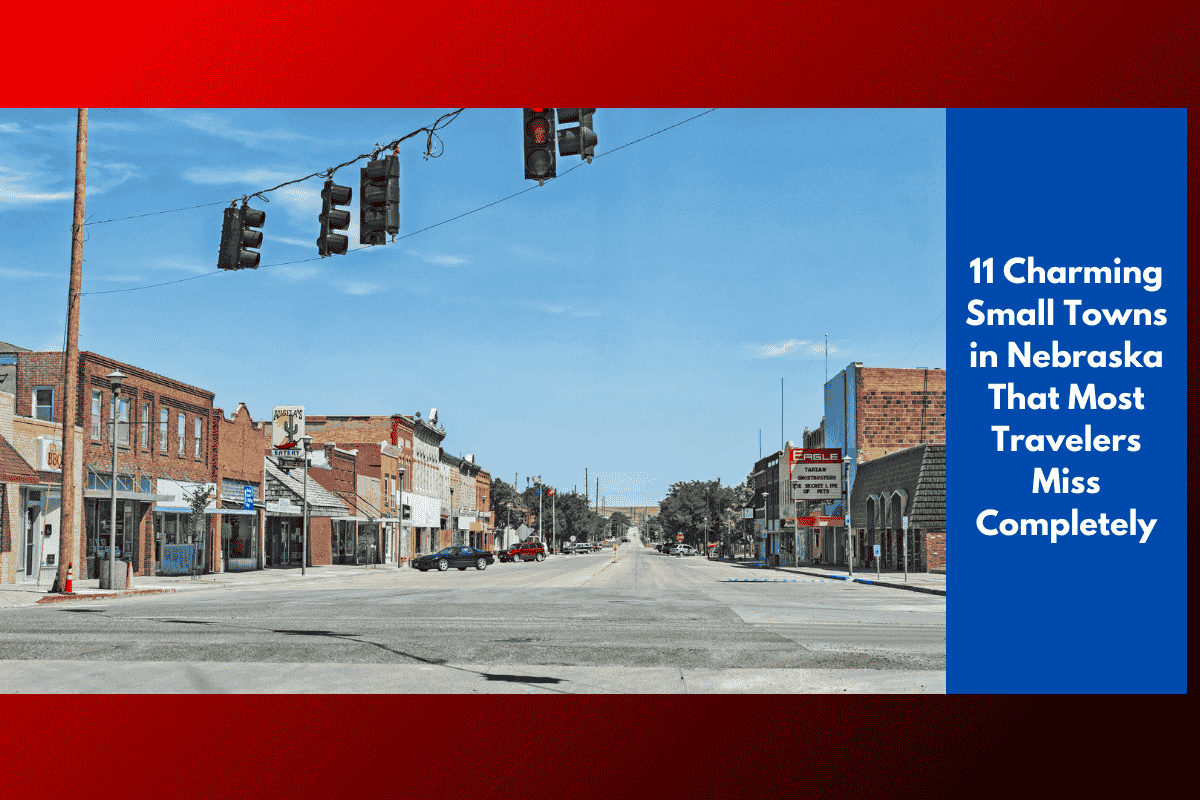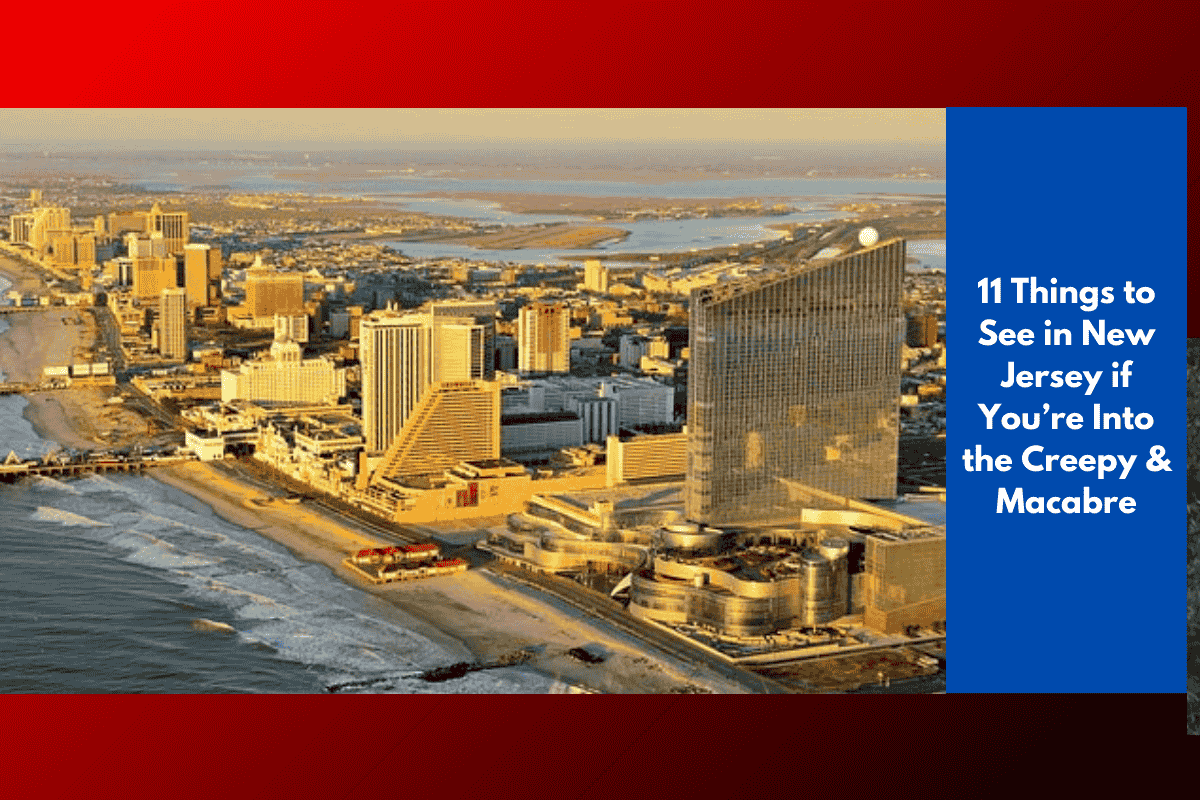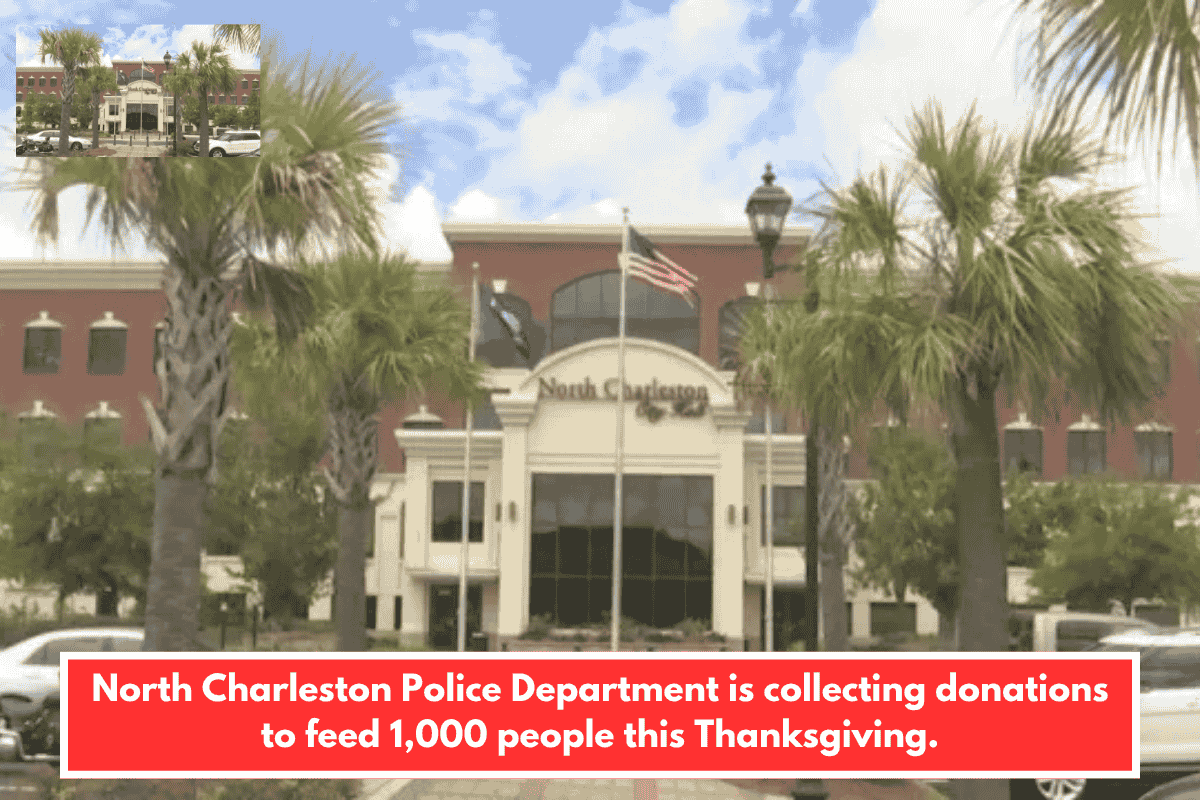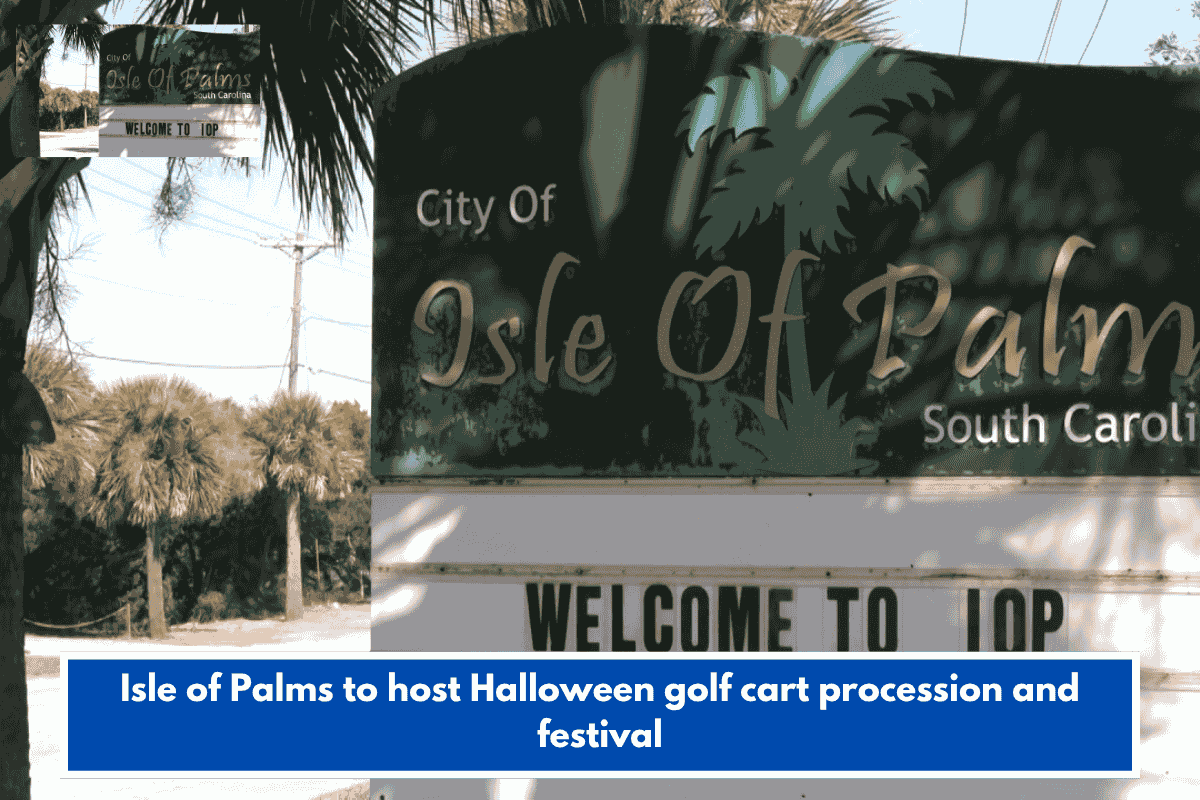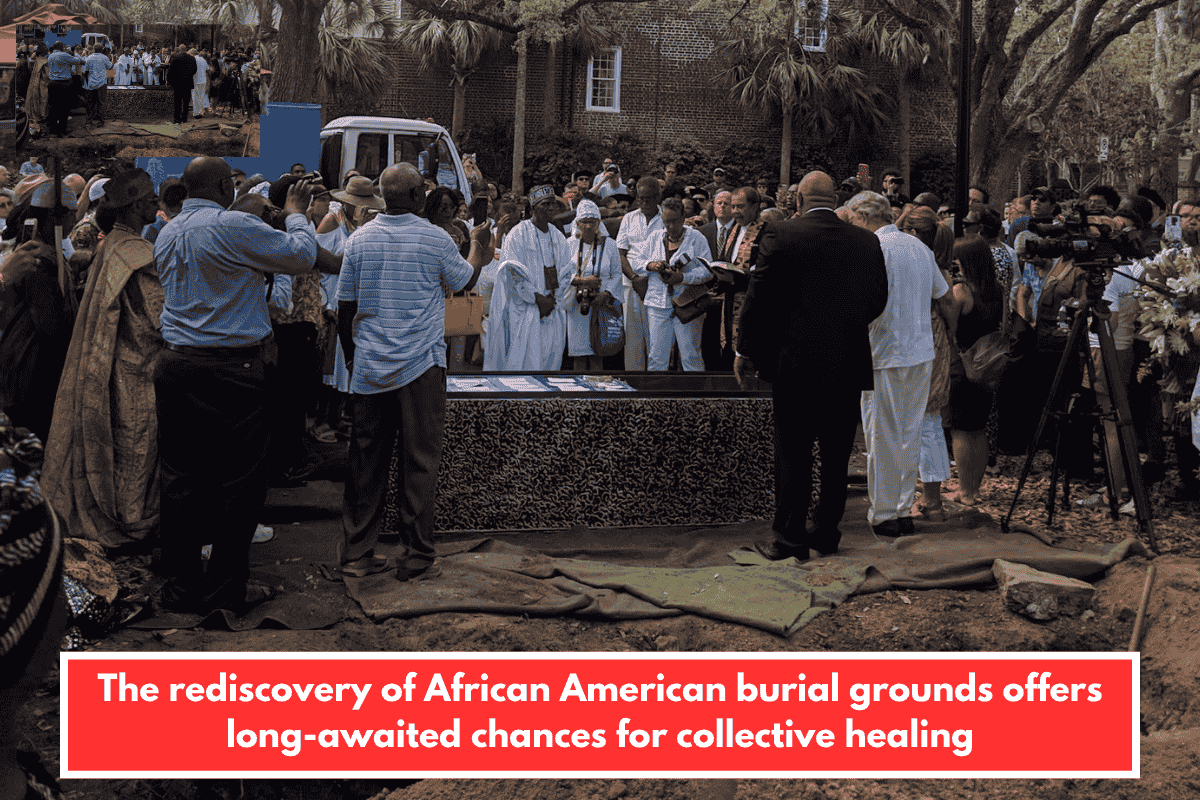The U.S. Census Bureau recently released the latest five-year estimates from the American Community Survey (ACS), offering a closer look at the social, economic, and housing conditions across America. While some households have seen modest income growth, inflation has wiped away much of these gains, leaving many Americans struggling with rising costs.
Average American Household Income and the Impact of Inflation
According to the ACS data, the typical American household earned an average of $69,021 during the five-year period ending in 2021. Although this marks a 6% increase compared to the previous five-year period, for most families, the rise in prices due to inflation has outweighed any income growth.
Even though inflation has slightly cooled after reaching a 9.1% peak in June 2022, it remains high compared to historical levels. Americans, especially low-income families, continue to feel the financial pressure, finding it harder to cover everyday expenses.
Maryland’s Household Income Snapshot
In Maryland, the typical household earns an impressive $91,431 a year, one of the higher averages in the country. However, not all parts of the state share the same level of prosperity. The latest survey identified Federalsburg as the poorest town in Maryland.
Federalsburg: A Town Struggling with Low Incomes
Located in Caroline County, Federalsburg reports a median household income of just $31,532 per year. That is 65.5% less than the Maryland statewide median.
Alongside low incomes, the poverty rate in Federalsburg is also much higher than the state average. While Maryland’s overall poverty rate stands at 9.2%, Federalsburg’s poverty rate is a worrying 28.4%.
This shows a significant economic gap between Federalsburg and the rest of the state, highlighting the challenges faced by smaller towns even within wealthier states like Maryland.
Understanding the Data
All the figures mentioned come from five-year estimates provided by the U.S. Census Bureau’s 2021 American Community Survey. The towns considered in the analysis had populations ranging between 1,000 and 25,000 people. Towns were excluded if their income data was unavailable or if the sampling error was too high, ensuring accuracy in the findings.
While Maryland as a whole shows strong economic numbers, towns like Federalsburg reveal that not all communities share equally in the state’s wealth. With high poverty rates and low incomes, small towns continue to face tough economic realities. This report serves as a reminder that behind positive state averages, many communities are still in need of greater economic support and opportunities.

